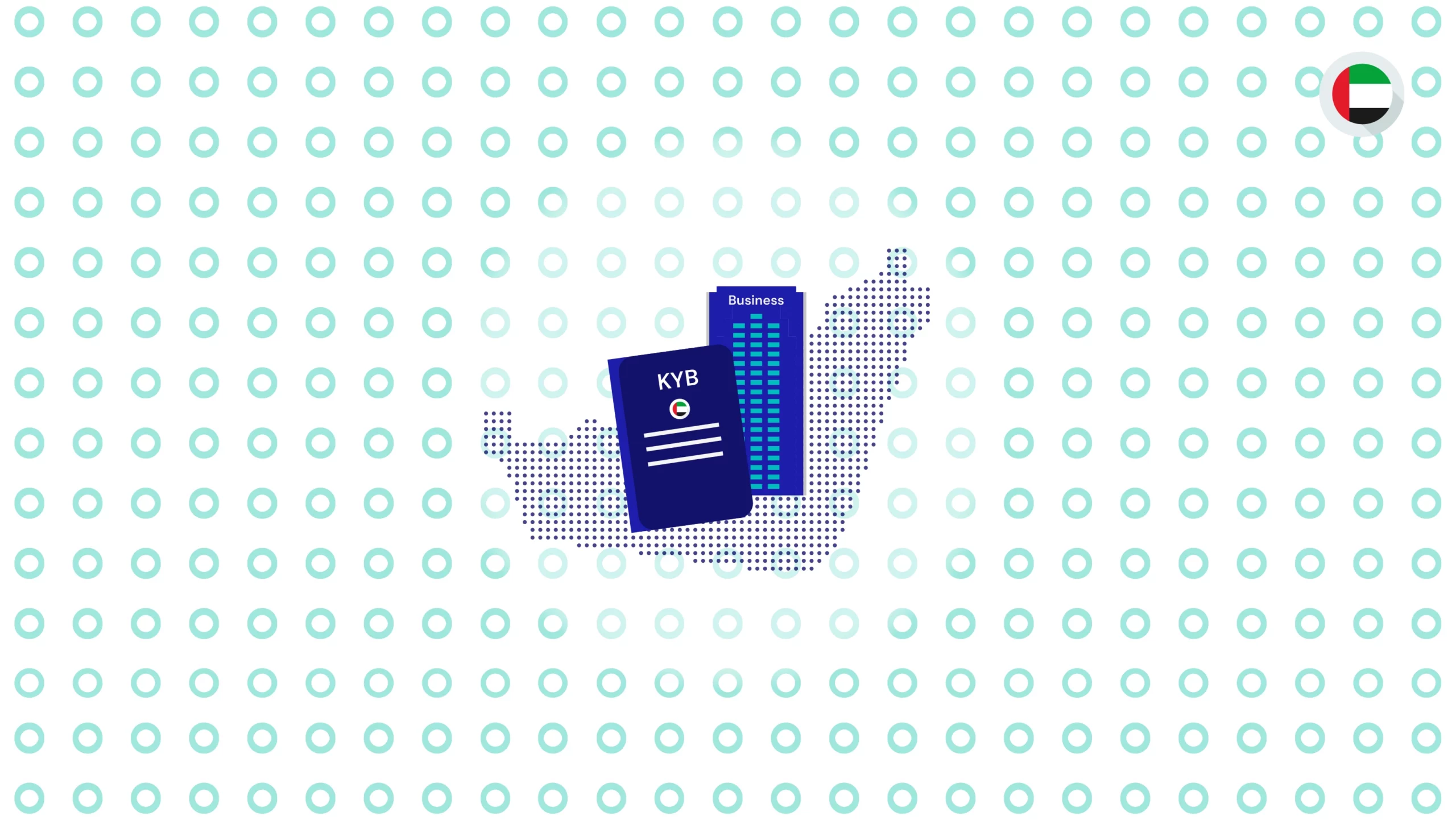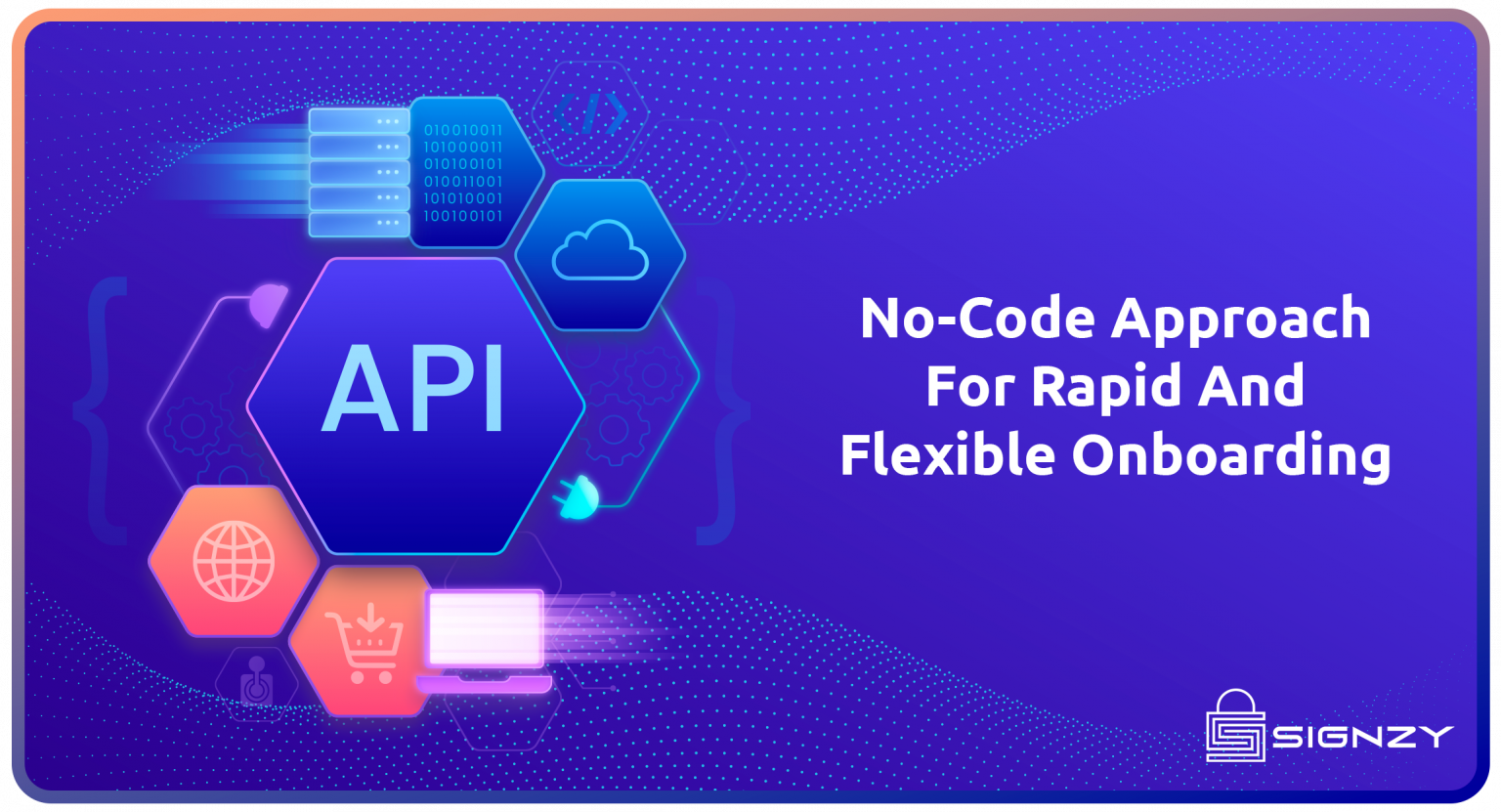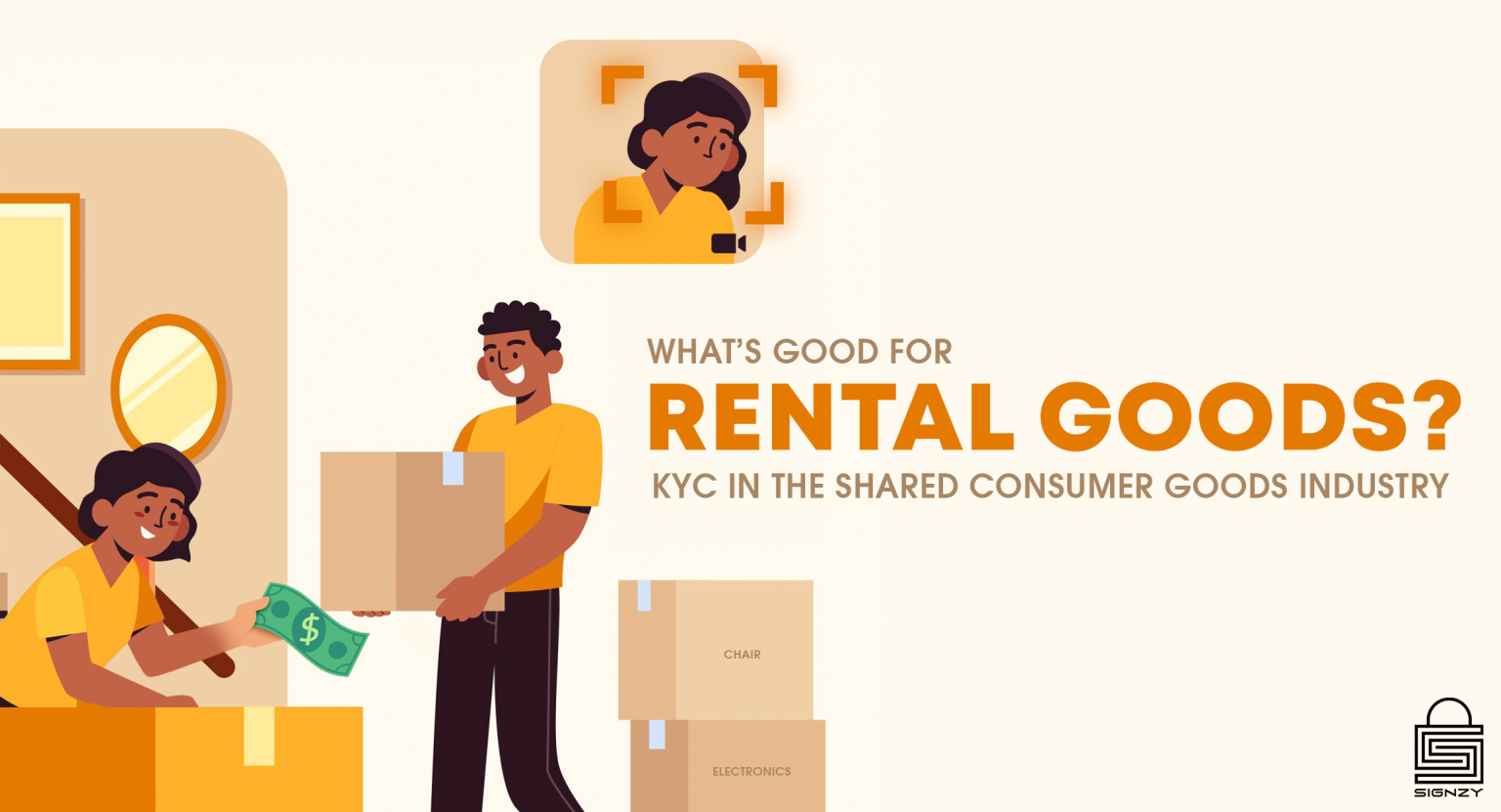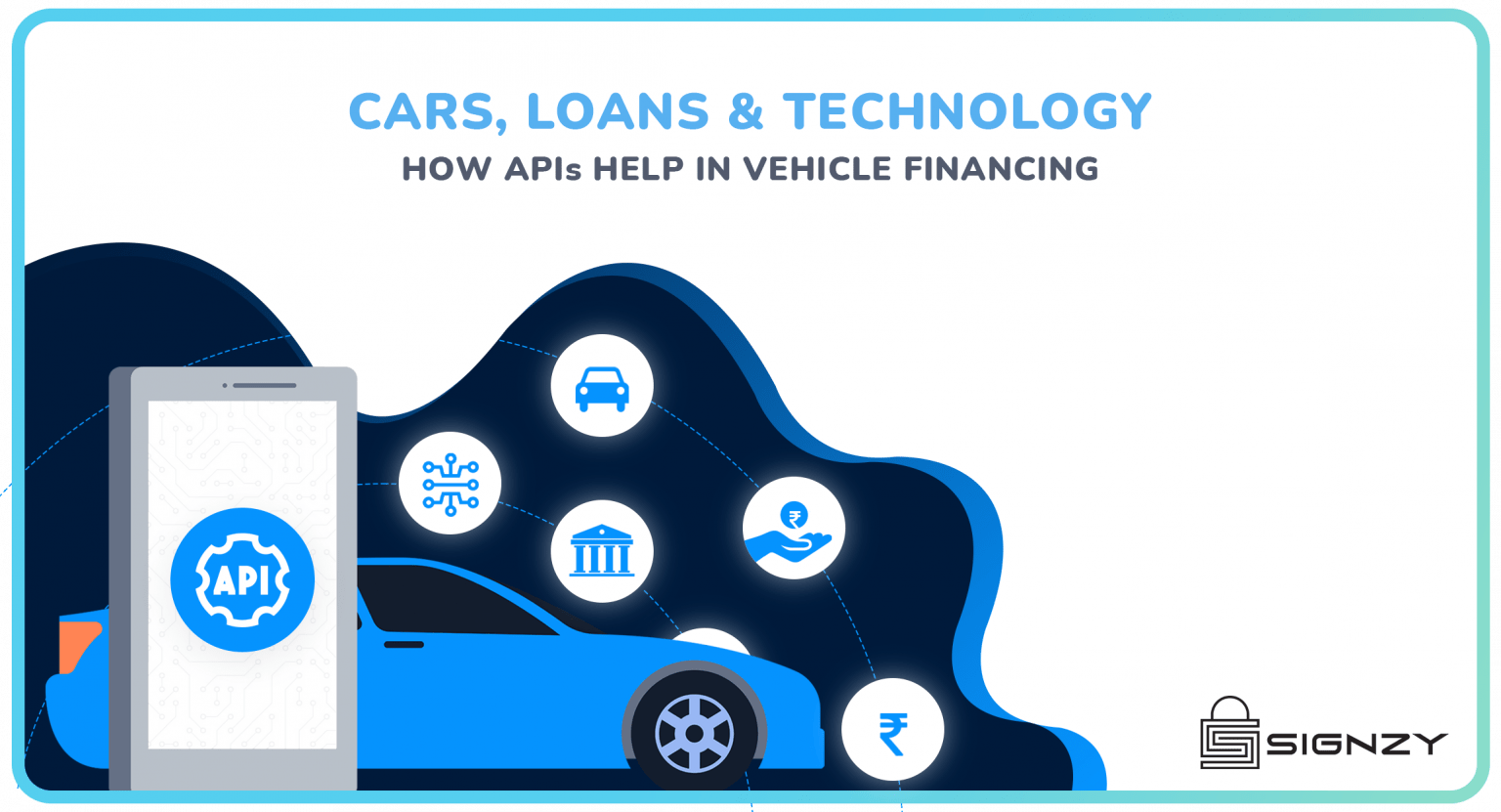At a macro level, India seems to be going through an “identity crisis”. Not in terms of whether she is a potential superpower or a grappling economy, but instead which papers and bills identify its constituents as Indian citizens.
Zooming in to the fintech ecosystem of the country, constantly identifying individuals through Know Your Customer (KYC) processes is imperative, but the latest developments in the sector are far from bleak. The past few years have seen rapid developments in ideas and technologies, with the regulatory space dishing out amendments to keep up.
With concepts like Artificial Intelligence (AI), face-matching, and Computer Vision now a practical reality instead of something fresh out of a sci-fi movie, the processes of authenticating customers have taken a step away from the physically daunting and expensive task of onboarding. Along the same tangent, the regulatory body RBI is also tasked with updating their KYC compliance norms. The fintech space is fast changing, and sometimes companies developing futuristic tech have solutions relegated to waiting in the wings until official norms give them the green light. This may require sitting back with a tub of popcorn for a few years.
The build up here is to introduce an esrtwhile non-compliant, yet simple, secure, and scalable method to establish the identity of an individual: Video KYC (VCIP).
Reaching Compliance: The past
- In an earlier phase of “identity crisis”, the question was whether the unique identification card “Aadhaar” had constitutional validity itself. On 26 September 2018, the Supreme Court affirmed its constitutional validity but scrapped Section 57 of the Aadhaar Act that allowed private companies to use Aadhaar authentication and eKYC.
With the 1,448-page judgment up for interpretation, a cloud of ambiguity loomed over India’s booming fintech industry; when was Aadhaar authentication to be stopped, and would the private space have to sacrifice the paperless, cashless and presence-less verification method it had adopted? Potential customers were seen on the opposite side of the regulations door as the industry suffered hiccups to onboard new customers after the judgement.
- About six months later, on June 26, 2019, an expert committee on Micro, Small and Medium Enterprises (MSMEs), headed by UK Sinha, former chairman of the Securities and Exchange Board of India (SEBI) proposed the need for online video KYC. The panel recognized the drawbacks of physical presence and the sheer data handling required for even eKYC. Video-KYC was seen as a simple seamless process that could be done through a video chat where the customer can display documents. At that time the committee recommended it could be done through apps like Google Duo or Apple FaceTime.
Experts pointed out that considering these applications were of foreign origin, the RBI was unlikely to allow them. Under the Data Protection Bill, and the debate around data localization, the central bank was unwilling to let companies store customer data in foreign locations.
- In the latest installment of updates, the RBI approved Aadhaar-based video authentication as an alternative to e-KYC on January 9, 2020. The amendment to the KYC norms allow banks and other lending institutions regulated by it to adopt a Video based Customer Identification Process (V-CIP) as a consent based alternate method of identity verification for customer onboarding.
Explaining Compliance: The present
Making sense of the latest amendments to regulations is not easy. We at Signzy have distilled it down to a 20-point cheat sheet to make sure it is. The changes due to the introduction of V-CIP are:
- Informed consent to be obtained from individual customer before the live V-CIP process
- RE (Regulated Entities) official to record video of the customer present for identification
- RE official is to capture a photograph of the customer during the session
- RE official to obtain identification information. This can be done through two methods depending on the entity type:
Banks: OTP based Aadhaar eKYC authentication
Non-bank RE: only Offline Verification of Aadhaar - RE official to capture a clear image of PAN card which is to be displayed during the process
- Live location is to be recorded during the session
- RE official to ensure customer’s photograph matches them
- RE official to ensure provided identification details match the details on the Aadhaar/PAN
- Randomization of questions to ensure there is no pre-recording. This means that the sequence and/or type of questions during video interactions should be varied in order to establish that the interactions are in real-time
- The Aadhaar XML or Secure QR provided for offline verification should not be more than 3 days old
- Accounts opened through the V-CIP process will only be operational after a concurrent audit
- RE official to carry out a liveliness check
- The audiovisual interaction should be triggered from the domain of the RE itself
- An activity log along with the credentials of the official carrying out the process should be preserved
- Video to have a timestamp and be safely stored
- The amendment encourages the use of AI and face-matching technology
- RE official to redact/blackout Aadhaar number as per standard guidelines
- The interaction is to be necessarily done by a bank official and not an agent
- The process is to be operated only by specifically trained officials
- RE to ensure security, robustness and end to end encryption of the V-CIP application
This is a monumental step towards digitizing the authentication process for banks, lending startups and non-banking financial institutions.
Signzy: The future
Signzy’s video technology came into existence before the license to use it did. In 2016, bankers told us our tech was too futuristic and not practical, but now the future is here! Keeping up to its promise of delivering future ready digital onboarding solutions, Signzy is ready with a plug and play end-to-end digital Video KYC solution with V-CIP features.
Our systems are designed for banking grade technology which means they meet the strictest infosec regulations and data security requirements. Signzy’s video KYC is being used to onboard thousands of customers every month by SEBI regulated institutions. This solution has matured over dialects, browsers and low-internet scenarios. And also has one of the best facial recognition technology at the background (Can read more here)With RBI’s progressive move to bring Video KYC (Video Customer Identification Process) 2020, we look forward to onboarding RBI regulated institutes on our battle-tested solution!
If you would like to know more then look at the Video KYC section on our website
About Signzy
Signzy is a market-leading platform redefining the speed, accuracy, and experience of how financial institutions are onboarding customers and businesses – using the digital medium. The company’s award-winning no-code GO platform delivers seamless, end-to-end, and multi-channel onboarding journeys while offering customizable workflows. In addition, it gives these players access to an aggregated marketplace of 240+ bespoke APIs that can be easily added to any workflow with simple widgets.
Signzy is enabling ten million+ end customer and business onboarding every month at a success rate of 99% while reducing the speed to market from 6 months to 3-4 weeks. It works with over 240+ FIs globally, including the 4 largest banks in India, a Top 3 acquiring Bank in the US, and has a robust global partnership with Mastercard and Microsoft. The company’s product team is based out of Bengaluru and has a strong presence in Mumbai, New York, and Dubai.
Visit www.signzy.com for more information about us.
You can reach out to our team at reachout@signzy.com
Written By:

Ankit Ratan, CEO-Signzy














